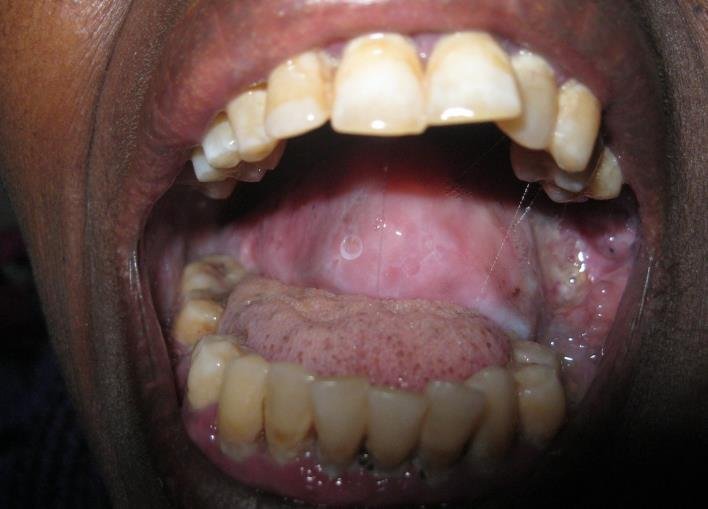Oral cancer is a formidable adversary in the realm of public health, often associated with the use of tobacco. However, recent findings have brought to light that this disease can also manifest in individuals who have never touched a cigarette or chewed tobacco. This revelation underscores the importance of understanding the broader spectrum of risk factors that contribute to the development of oral cancer.

The Hidden Culprits
While tobacco use is a well-known risk factor, oral cancer does not discriminate, affecting even those who abstain. The disease can arise from a myriad of less-known causes, such as certain strains of the Human Papillomavirus (HPV), particularly types 16 and 18, which are also linked to cervical cancer. These viral agents have a predilection for the oral tissues, especially the tonsils and base of the tongue, and are becoming increasingly recognized as significant contributors to oral cancer cases.
Chronic alcohol consumption, independent of tobacco use, is another significant risk factor. Excessive drinking can trigger carcinogenic processes within the oral cavity, heightening the risk for non-tobacco users. Moreover, poor oral hygiene and dental health issues, like chronic periodontitis or ill-fitting dentures, can lead to persistent inflammation and trauma, potentially evolving into malignant lesions over time.
Genetic predispositions also play a role, with mutations or downregulation of tumor suppressor genes like P53 increasing susceptibility to oral cancer. Conditions such as oral lichen planus, characterized by chronic inflammation, can predispose individuals to malignant transformations, further complicating the landscape of oral cancer risks.
Cultural Practices and Oral Cancer
Certain cultural habits, such as chewing betel nut or areca nut, can lead to premalignant conditions in the oral cavity, like Oral Sub Mucus Fibrosis, Leukoplakia, and erythroplakia, which may eventually progress to cancer. These practices, while devoid of tobacco, are prevalent in specific regions and highlight the diverse range of factors that contribute to the disease.
The chronic inflammatory nature of these conditions and the carcinogenic potential of the substances involved underscore the need for increased awareness and preventive measures in populations where such habits are common.
Prevention and Early Detection
Understanding the various causes of oral cancer in non-tobacco users is crucial for prevention and early detection. Regular dental check-ups and maintaining good oral hygiene can significantly reduce the risk of developing the disease. Additionally, awareness campaigns targeting the risks associated with HPV and excessive alcohol consumption can help educate the public about the importance of lifestyle choices in oral cancer prevention.
The role of healthcare providers is paramount in this effort, as they can offer guidance on risk factors and encourage patients to engage in preventive behaviors. Early detection through routine screenings can lead to better outcomes, emphasizing the need for vigilance even among those who do not use tobacco.
Maria Garcia is an award-winning author who excels in creating engaging cannabis-centric articles that captivate audiences. Her versatile writing style allows her to cover a wide range of topics within the cannabis space, from advocacy and social justice to product reviews and lifestyle features. Maria’s dedication to promoting education and awareness about cannabis shines through in her thoughtfully curated content that resonates with both seasoned enthusiasts and newcomers alike.








